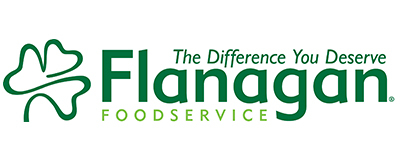
We collect basic website visitor information on this website and store it in cookies. We also utilize Google Analytics to track page view information to assist us in improving our website.

As the days are getting shorter and the weather is getting colder, chances are you are reaching for more coffee than usual. Maybe you’ve been going for that second or third cup hoping it will help, but what if instead of another coffee you tried an energy drink? If you read that and thought, ‘No way, there is way too much caffeine!’, read on.
First, it is helpful to know that energy drinks in Canada are now regulated under a new category in the Food and Drug Regulations (FDR) known as Supplemented foods (SFs). These are foods and drinks that contain 1 or more supplemented ingredients such as caffeine, vitamins, minerals, amino acids or other ingredients but are not added for the purpose of fortification.[1] These products will be required to display a front of pack label from Health Canada with the words ‘Supplemented’ and they will have a ‘Supplemented food facts table’ instead of a ‘Nutrition facts table’. This is a great step as now the quantity of caffeine in an energy drink will be displayed in this table, making it very easy to identify the amount.
Why is this important? Because the caffeine content of energy drinks can range. For example, a 250 ml Red Bull contains 80 mg of caffeine whereas other typical 473 ml energy drinks like Ghost or Bang may contain up to 180 mg. Note, that bottled coffee and tea beverages do not have to display their caffeine content, so you may need to check with the manufacturer to understand caffeine content of those beverages.
Health Canada along with other regulatory bodies like the U.S Food and Drug Administration (FDA) and the European Food Safety Authority (EFSA) recommend a daily caffeine intake of 400 mg for healthy adults over 18 years old (excluding those who are pregnant or breastfeeding).[2]
The caffeine levels in a coffee or tea can vary greatly depending on the beans (or leaves), the brewing method, and the brewing time. This means that each coffee you have will provide a varying dose of caffeine. This may not be a big deal with your first cup of the day, but as you reach for those second and third cups, this variability can add up. Whereas, because an energy drink is usually made with synthetic, pharmaceutical grade caffeine you will be provided with a consistent, reliable dose which is something that gets more important as the day goes on.
To give you a rough idea of the caffeine contents of a typical coffee, a small 237 ml brewed coffee contains on average 135 mg of caffeine and a small 237 ml filter drip coffee contains an average of 179 mg of caffeine.[3]
If you’re feeling the effects from the darker days and looking for some caffeine to get you through the workday, consider an energy drink instead of that second cup of coffee to provide you with a consistent amount of caffeine.

